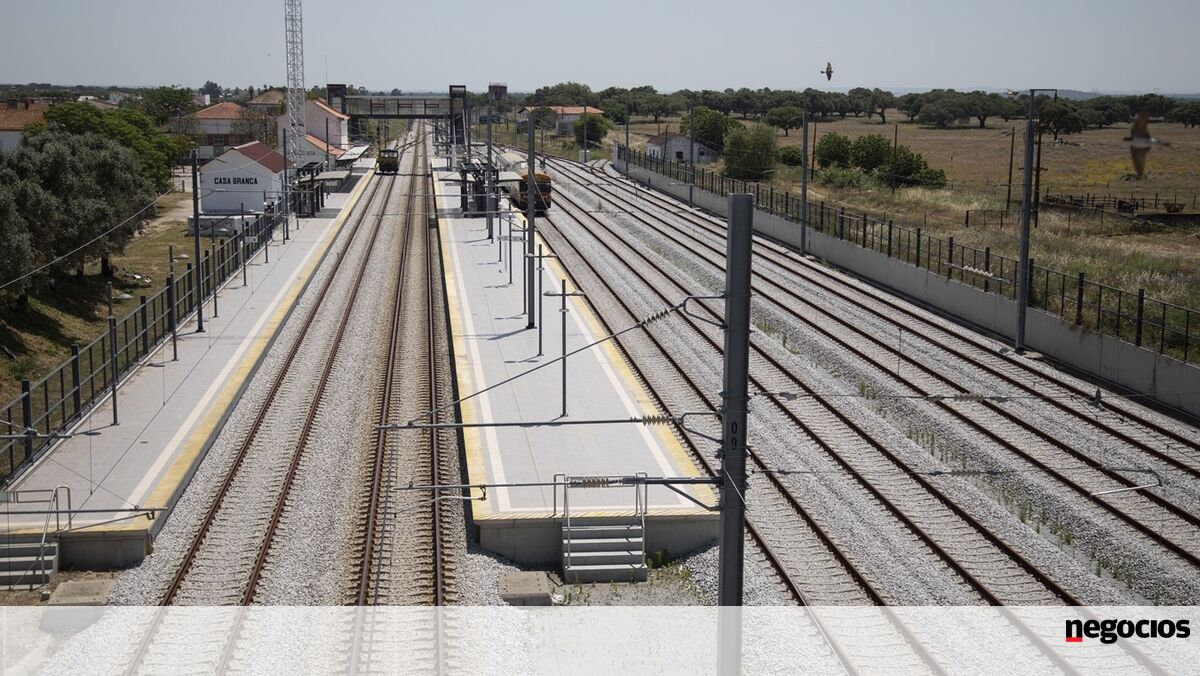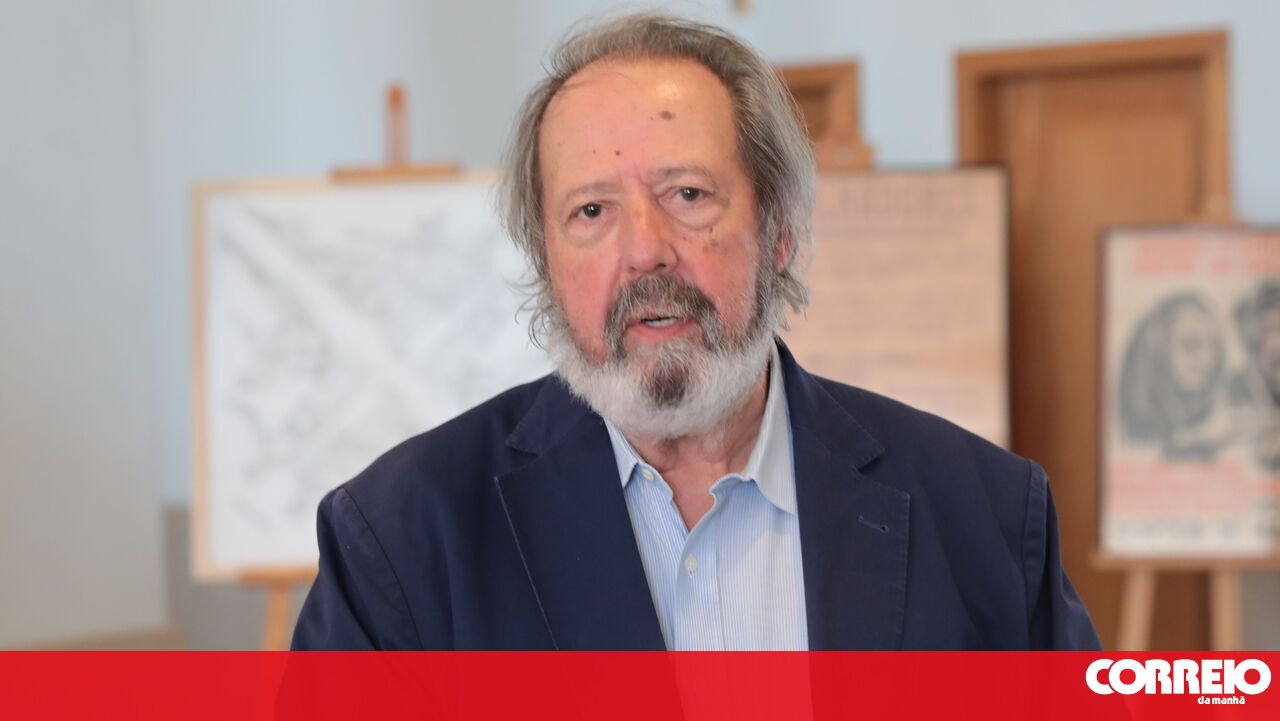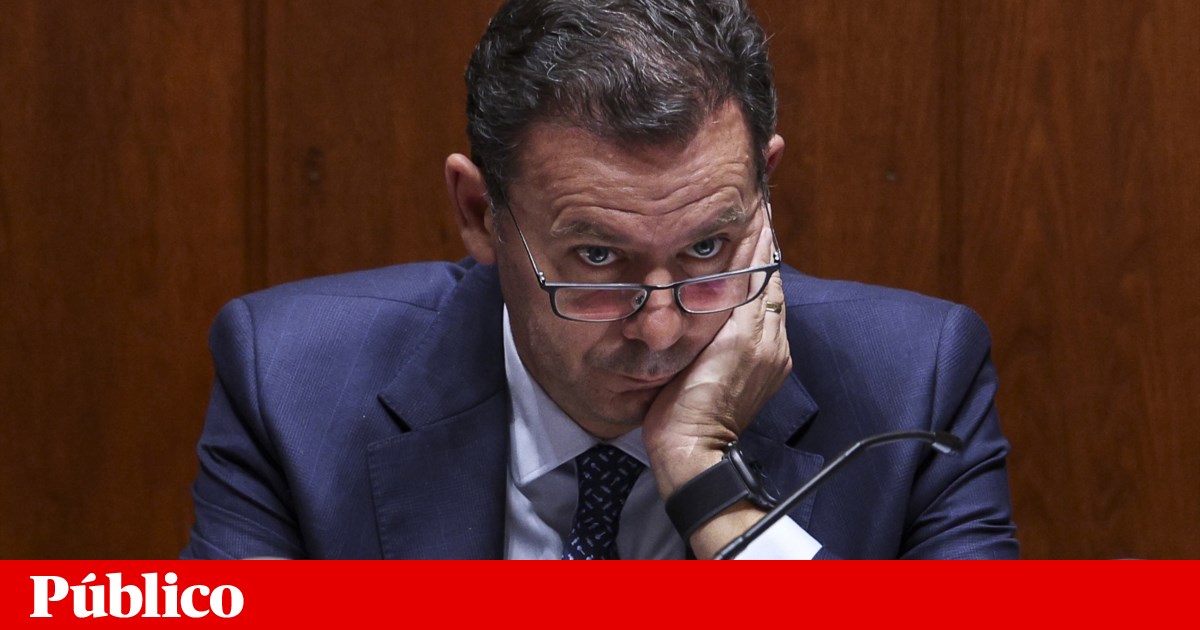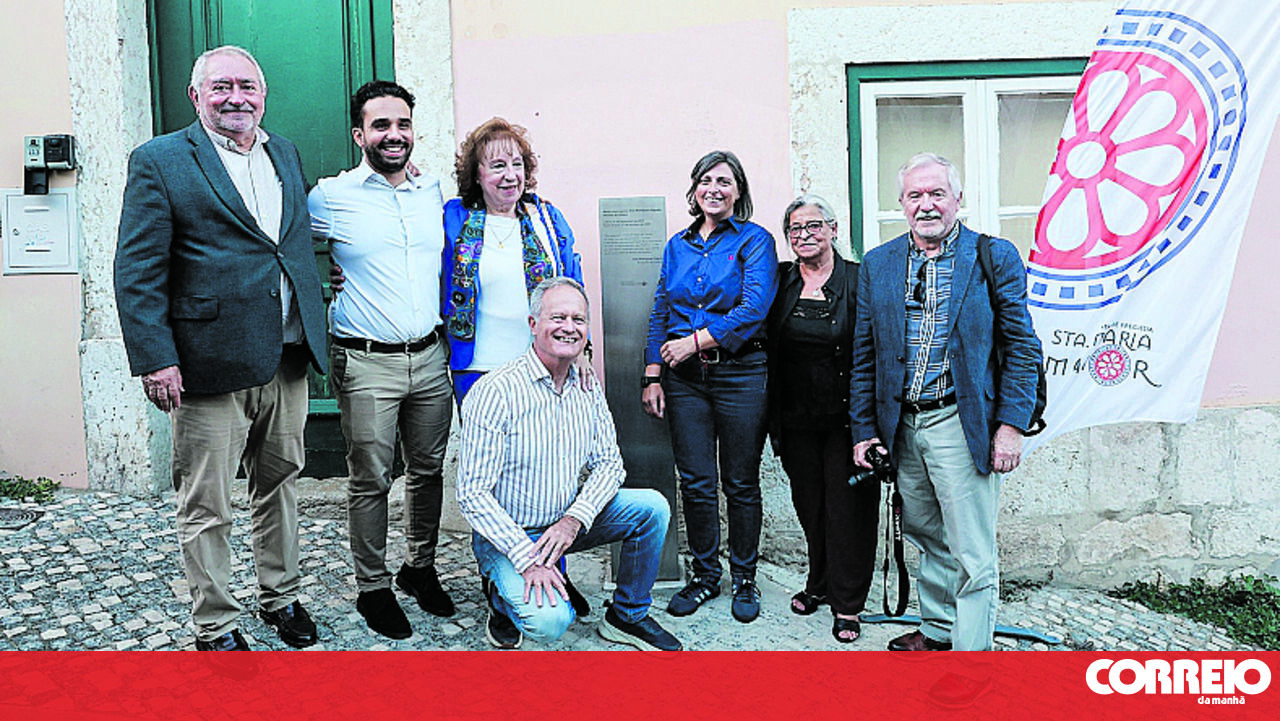Historic Rail Agreement Between Portugal and Spain
A groundbreaking agreement between the Portuguese and Spanish governments, supported by the European Commission, will transform travel between Lisbon and Madrid with a high-speed rail connection that will slash journey times dramatically.
Key Milestones and Timelines
By 2030, a direct train journey between the two capitals will take approximately 5 hours. This will be achieved through several critical infrastructure projects:
- Completion of the new high-speed line between Évora and Caia by 2025, with operations starting in 2026.
- Entry into operation of the Plasencia-Talayuela section by 2028.
- Start of construction on the second track between Poceirão and Bombel in 2026, with completion by 2029 and operation in 2030.
- Finalization of studies for the new Lisbon-Évora line, including the Third Tagus Crossing, by 2027.
By 2034, the journey time will be reduced to just 3 hours, thanks to:
- Construction of the new high-speed line Lisbon-Évora, including the Third Tagus Crossing and potential duplication of the Évora-Caia line.
- Implementation of the European Rail Traffic Management System on various segments between Lisbon and Madrid.
- Studies and potential construction of the new high-speed section between Caia and Badajoz, along with an international Elvas-Badajoz railway station at the border.
Economic and Environmental Impact
This new rail link offers a more competitive alternative to the over 40 daily flights between Lisbon and Madrid, providing cost savings and convenience for passengers. It also promotes modal shift to a lower-carbon transport option, significantly reducing greenhouse gas emissions and supporting sustainable mobility in the Iberian Peninsula.
Broader European Integration
The project is part of the European strategy for sustainable mobility and cross-border rail interconnection, involving substantial investments in infrastructure, technological modernization, and rail interoperability. Portugal and Spain have committed to assessing the costs and benefits of migrating from the Iberian gauge to the standard European gauge by 2027. If favorable, a coordinated plan for gauge migration will be presented.
Political and Financial Commitment
All these actions will be reflected in national investment plans, ensuring political and financial commitment to a modern, efficient, and environmentally friendly infrastructure. Miguel Pinto Luz, Portugal's Minister of Infrastructure and Housing, called it a "historic step" that will bring Lisbon and Madrid within three hours of each other by 2034.
European Support and Vision
The European Commission has unanimously supported this decision, highlighting it as a key project for improving connectivity within the EU and fully integrating Portugal and Spain into the European high-speed rail network. The EU has already provided significant funding:
- €235 million from the Connecting Europe Facility for the new Évora-Elvas line in Portugal.
- Approximately €750 million in EU investment funds since 2014 for the line between Extremadura and Madrid in Spain.
This initiative aligns with the EU's broader vision for a high-speed rail network across Europe, with a comprehensive plan to be presented in early November.























Comments
Join Our Community
Sign up to share your thoughts, engage with others, and become part of our growing community.
No comments yet
Be the first to share your thoughts and start the conversation!